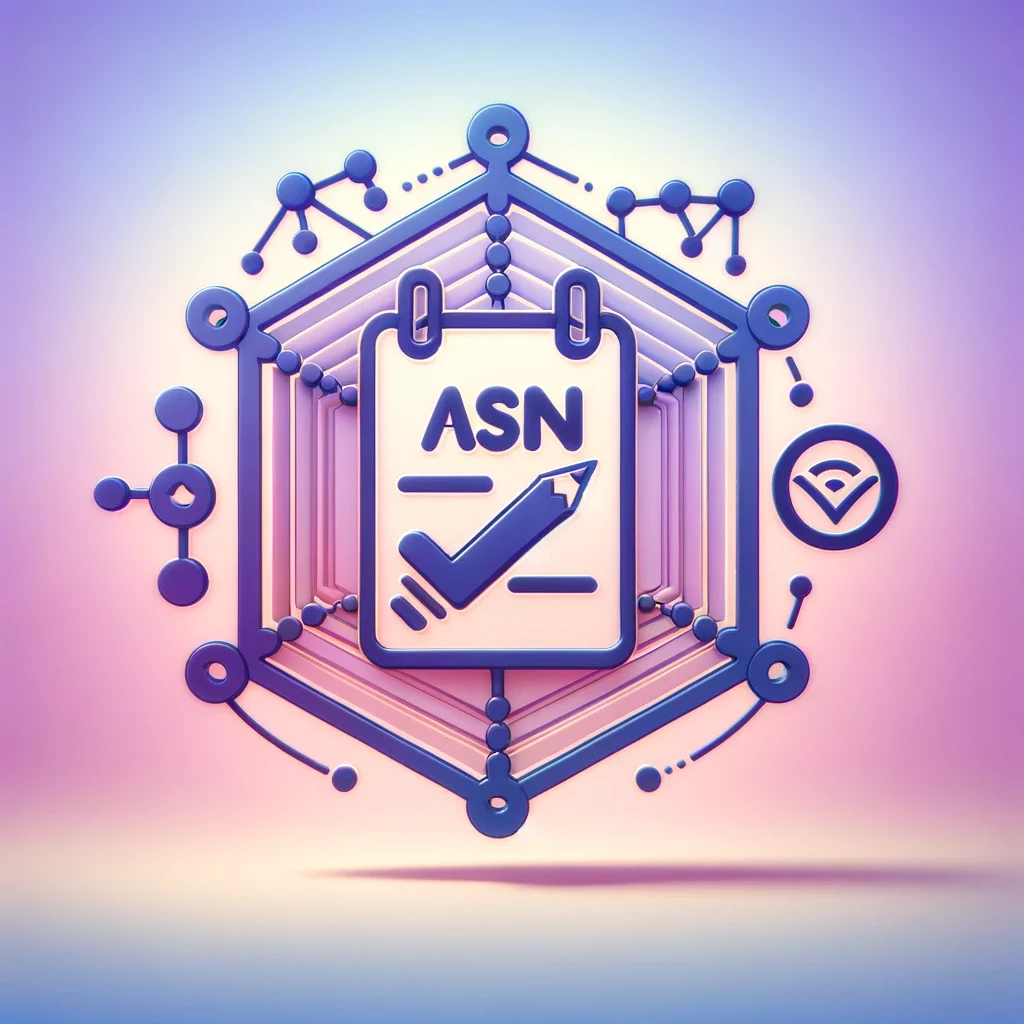The world of internet connectivity and network management is both complex and fascinating. One of the fundamental aspects of managing a network involves registering an Autonomous System Number (ASN). This guide aims to demystify the process, breaking down each step to ensure clarity and compliance with regional regulations.

An Autonomous System Number (ASN) serves as a unique identifier for a group of networks under a common administration that share a single routing policy. ISPs use ASNs to control the routing of data and to exchange routing information with other Internet-connected ASNs. There are two types of ASNs available: 2-byte and 4-byte, with the latter introduced to accommodate the growing demands of the expanding internet.
Registering an ASN is essential for any organization looking to manage its routing policies independently and engage in multi-homing – the practice of connecting to more than one internet service provider (ISP) to ensure a more reliable and redundant network connection.
Start by gathering all necessary information required by your Regional Internet Registry (RIR). This includes:
Submit the following documents to your RIR:
Provide your legal company registration papers and proof of the company’s existence.
Complete payment via accepted methods like PayPal or SEPA bank transfer. Ensure timely payment to avoid service cancellation.
Create a RIPE NCC account and generate a maintainer object to manage your ASN and IP objects.
Once all previous steps are completed and approved, your ASN will be assigned to you.
You can modify your upstream providers by updating the ASN object in the RIPE database while maintaining compliance with RIR policies.
Once you have your ASN, ensure its global visibility and proper BGP configuration. Steps include signing up for IP Transit, creating a PeeringDB profile, establishing IRR route objects, and more. Below is a table summarizing these steps:
| Step | Description |
| IP Transit | Establish a BGP session with your upstream provider. |
| PeeringDB Profile | Create a profile for global interconnection data. |
| IRR Route Objects | Record the association between your IP space and ASN. |
| Routing Policy | Update routing policy statements according to your ASN’s activities. |
| RPKI Authorization | Implement RPKI to certify your route origins. |
| AS-SET Creation | Group multiple ASNs for simplified route management (optional). |
| Reverse DNS | Configure reverse DNS for your IP addresses. |
| Communication with Providers | Inform and verify information with your upstream providers. |
| Validate Announcements | Ensure your ASN and IP prefixes are correctly announced. |
By adhering to these guidelines and understanding the steps involved, your journey through the ASN registration process should be smooth and successful.

Evgeny Sevastyanov
Client Support Teamleader